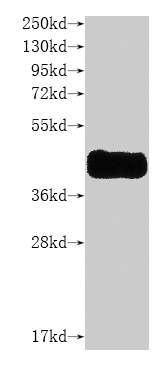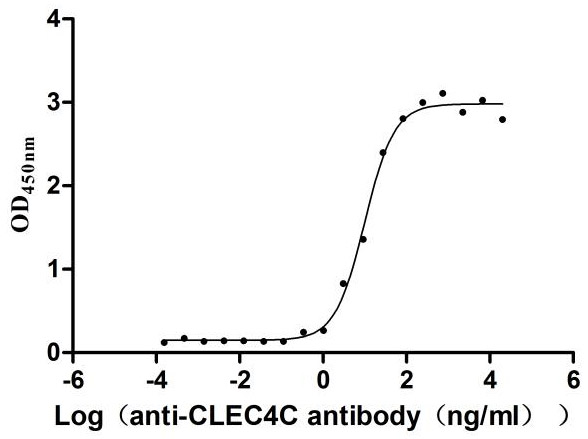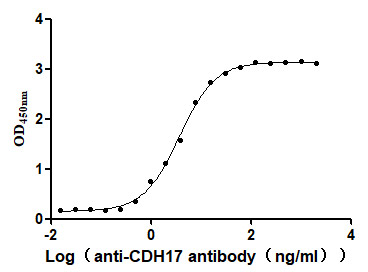Recombinant Human Zinc finger homeobox protein 3 (ZFHX3), partial
-
中文名称:人ZFHX3重组蛋白
-
货号:CSB-YP619002HU
-
规格:
-
来源:Yeast
-
其他:
-
中文名称:人ZFHX3重组蛋白
-
货号:CSB-EP619002HU
-
规格:
-
来源:E.coli
-
其他:
-
中文名称:人ZFHX3重组蛋白
-
货号:CSB-EP619002HU-B
-
规格:
-
来源:E.coli
-
共轭:Avi-tag Biotinylated
E. coli biotin ligase (BirA) is highly specific in covalently attaching biotin to the 15 amino acid AviTag peptide. This recombinant protein was biotinylated in vivo by AviTag-BirA technology, which method is BriA catalyzes amide linkage between the biotin and the specific lysine of the AviTag.
-
其他:
-
中文名称:人ZFHX3重组蛋白
-
货号:CSB-BP619002HU
-
规格:
-
来源:Baculovirus
-
其他:
-
中文名称:人ZFHX3重组蛋白
-
货号:CSB-MP619002HU
-
规格:
-
来源:Mammalian cell
-
其他:
产品详情
-
纯度:>85% (SDS-PAGE)
-
基因名:
-
Uniprot No.:
-
别名:ZFHX3; ATBF1Zinc finger homeobox protein 3; AT motif-binding factor 1; AT-binding transcription factor 1; Alpha-fetoprotein enhancer-binding protein; Zinc finger homeodomain protein 3; ZFH-3
-
种属:Homo sapiens (Human)
-
蛋白长度:Partial
-
蛋白标签:Tag type will be determined during the manufacturing process.
The tag type will be determined during production process. If you have specified tag type, please tell us and we will develop the specified tag preferentially. -
产品提供形式:Lyophilized powder
Note: We will preferentially ship the format that we have in stock, however, if you have any special requirement for the format, please remark your requirement when placing the order, we will prepare according to your demand. -
复溶:We recommend that this vial be briefly centrifuged prior to opening to bring the contents to the bottom. Please reconstitute protein in deionized sterile water to a concentration of 0.1-1.0 mg/mL.We recommend to add 5-50% of glycerol (final concentration) and aliquot for long-term storage at -20℃/-80℃. Our default final concentration of glycerol is 50%. Customers could use it as reference.
-
储存条件:Store at -20°C/-80°C upon receipt, aliquoting is necessary for mutiple use. Avoid repeated freeze-thaw cycles.
-
保质期:The shelf life is related to many factors, storage state, buffer ingredients, storage temperature and the stability of the protein itself.
Generally, the shelf life of liquid form is 6 months at -20°C/-80°C. The shelf life of lyophilized form is 12 months at -20°C/-80°C. -
货期:Delivery time may differ from different purchasing way or location, please kindly consult your local distributors for specific delivery time.Note: All of our proteins are default shipped with normal blue ice packs, if you request to ship with dry ice, please communicate with us in advance and extra fees will be charged.
-
注意事项:Repeated freezing and thawing is not recommended. Store working aliquots at 4°C for up to one week.
-
Datasheet :Please contact us to get it.
相关产品
靶点详情
-
功能:Transcriptional regulator which can act as an activator or a repressor. Inhibits the enhancer element of the AFP gene by binding to its AT-rich core sequence. In concert with SMAD-dependent TGF-beta signaling can repress the transcription of AFP via its interaction with SMAD2/3. Regulates the circadian locomotor rhythms via transcriptional activation of neuropeptidergic genes which are essential for intercellular synchrony and rhythm amplitude in the suprachiasmatic nucleus (SCN) of the brain. Regulator of myoblasts differentiation through the binding to the AT-rich sequence of MYF6 promoter and promoter repression. Down-regulates the MUC5AC promoter in gastric cancer. In association with RUNX3, upregulates CDKN1A promoter activity following TGF-beta stimulation. Inhibits estrogen receptor (ESR1) function by selectively competing with coactivator NCOA3 for binding to ESR1 in ESR1-positive breast cancer cells.
-
基因功能参考文献:
- alterations in the expression and subcellular localization of ATBF1, as a result of posttranscriptional modifications, are associated with malignant features of colon tumours. PMID: 28713972
- Study identified DNA methylation (DNAm) site cg07786668 in ZFHX3 that is independently and significantly associated with myocardial infarction (MI) along with DNAm cg17218495 in SMARCA4. These results suggest that the development of MI might be influenced by changes in DNAm at these sites via a pathway that differs from that affected by cardiovascular disease-associated SNPs in these genes. PMID: 28515798
- using in vitro prolactin induced lactogenic differentiation in an HC11 mouse cell model and an in vivo conditional knockout mouse model we showed that mouse Zfhx3 is essential for mouse mammary epithelial cell differentiation and mouse mammary gland development at the lactation stage through regulation of prolactin receptor expression and the downstream Jak2-Stat5 signaling pathway. PMID: 27129249
- Increasing experimental data support that ZFHX3 gene plays a critical role in the pathogenesis of atrial fibrillation where it was found up-regulated. [review] PMID: 29126922
- We showed that the ZFHX3 polymorphism, rs2106261 (A allele), was a risk marker for atrial fibrillation (A)F and AF-related phenotypes. PMID: 28007413
- Nuclear localization of AT-motif binding factor 1 (ATBF1) indicates better prognosis of urothelial carcinoma. PMID: 27756245
- Cellular localization of ATBF1 is correlated with its function in breast cancer. Nuclear ATBF1 was co-localized with chromosome during mitosis normally. Estrogen induced translocation of cytoplasmic ATBF1 to nuclei in MCF7. PMID: 28624455
- The results suggest an additive effect of ZFHX3 and PTEN deletions on the development and progression of prostate neoplasia PMID: 26233892
- Both ZFHX3 and PITX2c regulate expression of NPPA, TBX5 and NKX2.5. PMID: 26267381
- In a Caucasian population, genetic variant rs7193343 SNP in ZFHX3 gene is associated with risk of atrial fibrillation. PMID: 26112950
- The CAA repeat polymorphism in exon 9 of the ZFHX3 gene contributes to the Coronary heart disease susceptibility in the Chinese population. PMID: 25797214
- ZFHX3 defects are associated with poor outcome in endometroid endometrial cancer. PMID: 26330387
- Two SNPs (rs2106261, rs6499600) located in gene ZFHX3 showed significant associations with atrial fibrillation in a Chinese Han population. PMID: 24983873
- ZFHX3 transcription is regulated in a transcript-specific fashion by independent cis-acting transcribed polymorphisms. PMID: 25539802
- A missense mutation in ZFHX3 results in damage to the ZFHX3 protein structure in patients with extreme atrial fibrillation. PMID: 25391453
- nuclear localization and SUMOylation are important for the transcription factor function of ATBF1, and that ATBF1 could cooperate with PML NBs to regulate protein SUMOylation in different biological processes. PMID: 24651376
- Nuclear localization of ATBF1 is frequently interrupted in HNSCC, and the interruption is significantly associated with the progression of HNSCC PMID: 22791392
- based on observations, nuclear ATBF1 staining was associated with low malignancy profiles of skin cancer PMID: 23317484
- A polymorphism in the ZFHX3 gene, encoding a cardiac transcription factor, was associated with increased AF risk in HF patients, and the genetic association with AF was more pronounced in HF patients than in the general population. PMID: 23132824
- findings indicate that Atbf1 plays a role in the development of pubertal mammary gland likely by modulating the function of estrogen-ER signaling in luminal cells and by modulating gene expression in basal cells PMID: 23251482
- These findings suggest that ATBF1 plays a crucial role in the Progesterone-progesterone receptors signaling pathway in mammary epithelial cells. PMID: 23159610
- Suppression of ZFHX3 expression in tumor cells decreases the survival rate among patients with NSCLC. PMID: 23144151
- 3 loci from related cardiovascular genomewide studies were significant: PHACTR1 in large-vessel disease (P=2.63e(-6)), PITX2 in cardioembolic stroke (P=4.78e(-8)), and ZFHX3 in cardioembolic stroke (P=5.50e(-7)). PMID: 23042660
- Levels of ATBF1 protein in breast tumors are positively correlated with the levels of estrogen-responsive finger protein (EFP). PMID: 22452784
- gen up-regulates ATBF1 transcription but causes its protein degradation in estrogen receptor-alpha-positive breast cancer cells PMID: 21367855
- Our results indicate that the s2106261 SNP in ZFHX3 confers a significant risk of atrial fibrillation in a Chinese Han population. PMID: 21107608
- A novel signaling pathway that links ATM via CREB to the transcription factor ZFHX3, which in turn promotes survival of neurons by inducing expression of platelet-derived growth factor receptor beta, is reported. PMID: 20876357
- Using DirectDNA sequencing analysis, we detected ATBF1, CYLD, PARK2 and WNT9A mutations in stomach and colorectal cancers PMID: 20854080
- ATBF1 associates with RUNX3 and translocates to the nucleus in response to TGF-beta signal transduction and might function in the nucleus as tumor suppressor and transcriptional regulator. PMID: 20599712
- Aberrant expression of ATBF1 induces the expression of various factors that are otherwise suppressed, and this somehow determines the biological features of Alpha-fetoprotein producing gastric cancer. PMID: 14654895
- In conclusion, ATBF1 can suppress the IL-6-mediated cellular response by acting together with PIAS3. PMID: 14715251
- ATBF1-A mRNA has a role in lymph node metastasis of breast neoplasms PMID: 15671546
- Somatic mutations of the transcription factor ATBF1 is associated with human prostate cancer PMID: 15750593
- Two somatic mutations (shortening of a polypyrimidine tract [Poly(T)n] and a deletion beginning at codon 3381 (3381del)) were each observed in multiple prostate cancer samples and both appear to have an impact on ATBF1 gene function and expression. PMID: 16637072
- ATBF1 plays a role in breast cancer through transcriptional downregulation rather than mutations. PMID: 16932943
- Results indicate that ATBF1 in the nucleus negatively regulates the MUC5AC gene in gastric cancer by binding to an AT motif-like element in the MUC5AC promoter. PMID: 17330845
- Genetic alterations of the ATBF1 gene is associated with gastric cancer PMID: 17671116
- The ATBF1 gene may contribute to the development of hepatocellular carcinomas via transcriptional down-regulation of mRNA expression, but not by genetic or epigenetic alterations. PMID: 18312352
- ATBF1 and NQO1 as candidate targets for allelic loss at chromosome arm 16q in breast cancer: absence of somatic ATBF1 mutations and no role for the C609T NQO1 polymorphism. PMID: 18416817
- ATBF1-A mRNA levels are regulated at the transcriptional stage, but not by genetic mechanisms, deletions (LOH), or mutations. PMID: 18796146
- Prostate cancer linkage to the same region of 16q23 has been observed by others and the region contains several strong candidate genes including the known prostate cancer tumor suppressor genes ATBF1 and WWOX. PMID: 19035517
- A variant in the ZFHX3 gene on chromosome 16q22, rs7193343-T, associated significantly with atrial fibrillation (odds ratio OR = 1.21, P = 1.4 x 10(-10)). PMID: 19597491
- Meta-analyses of 896 prevalent (15,768 referents) and 2,517 incident (21,337 referents) atrial fibrillation (AF) cases identified a new locus for AF (ZFHX3, rs2106261, risk ratio RR = 1.19; P = 2.3 x 10(-7)). PMID: 19597492
显示更多
收起更多
-
亚细胞定位:Nucleus. Cytoplasm.
-
组织特异性:Not found in normal gastric mucosa but found in gastric carcinoma cells (at protein level). Expression is higher in ER-positive breast tumors than ER-negative breast tumors (at protein level).
-
数据库链接:
Most popular with customers
-
Recombinant Human Tumor necrosis factor receptor superfamily member 5 (CD40), partial (Active)
Express system: Mammalian cell
Species: Homo sapiens (Human)
-
Recombinant Human C-X-C chemokine receptor type 4 (CXCR4)-VLPs (Active)
Express system: Mammalian cell
Species: Homo sapiens (Human)
-
Recombinant Rat Intestinal-type alkaline phosphatase 1 (Alpi) (Active)
Express system: Mammalian cell
Species: Rattus norvegicus (Rat)
-
Recombinant Human Somatostatin receptor type 2 (SSTR2)-VLPs (Active)
Express system: Mammalian cell
Species: Homo sapiens (Human)
-
Recombinant Human Claudin-6 (CLDN6)-VLPs, Fluorescent (Active)
Express system: Mammalian cell
Species: Homo sapiens (Human)
-
Recombinant Human C-C chemokine receptor type 8 (CCR8)-VLPs (Active)
Express system: Mammalian cell
Species: Homo sapiens (Human)
-
Recombinant Human C-type lectin domain family 4 member C (CLEC4C), partial (Active)
Express system: Mammalian cell
Species: Homo sapiens (Human)
-
Recombinant Human Cadherin-17 (CDH17), partial (Active)
Express system: Mammalian cell
Species: Homo sapiens (Human)


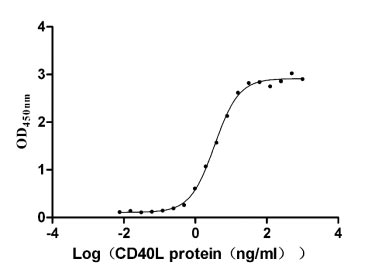
-AC1.jpg)

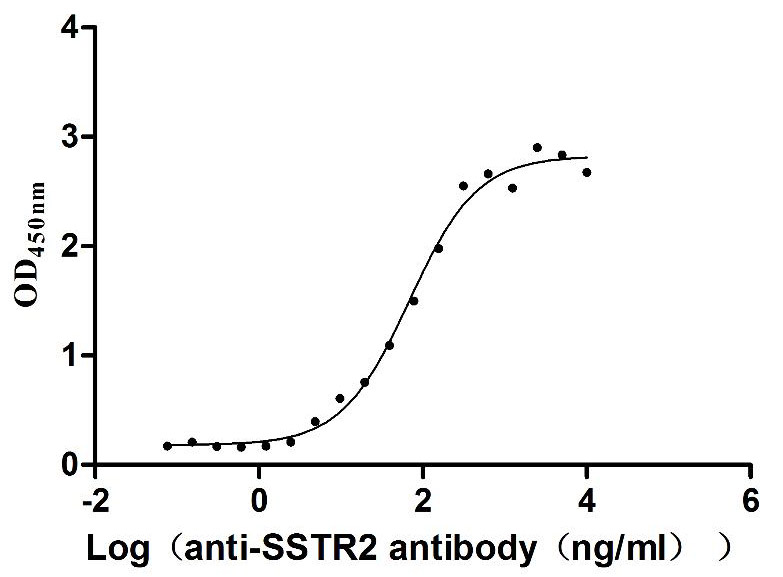
f4-AC1.jpg)
